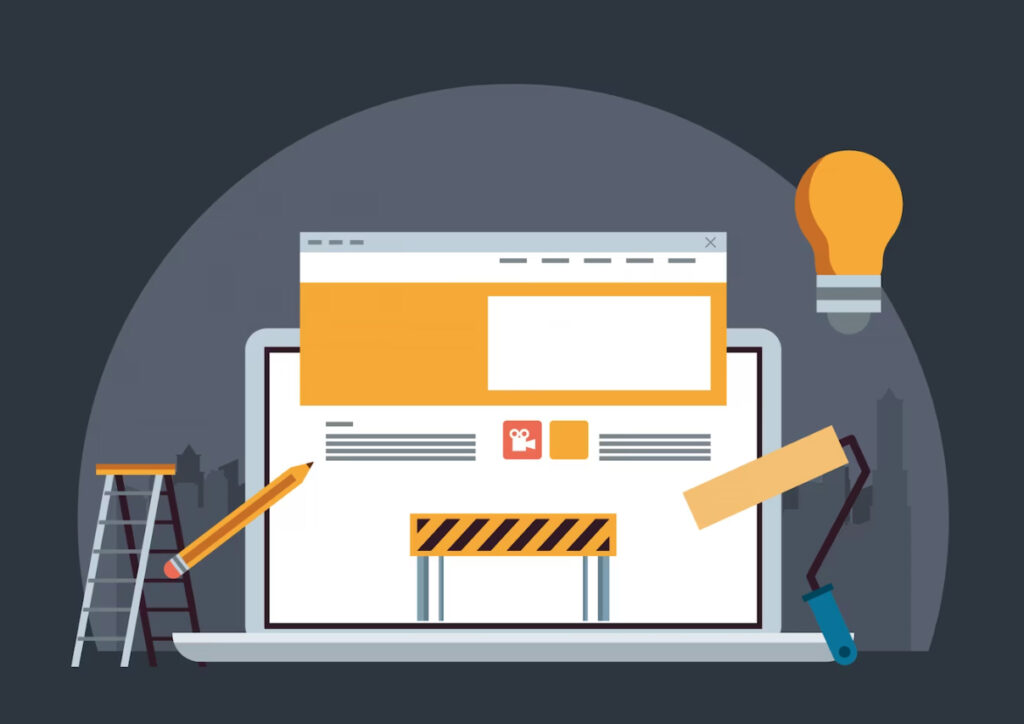When building a website, design and customization are key factors in making your site stand out and attract visitors. Using WordPress page builders is one of the easiest and most effective ways to achieve a unique and professional look and feel for your WordPress site. Page builders are plugins that allow you to create custom designs and layouts for your website pages without coding or technical knowledge.
In this article, we will guide you through the process of using page builders to improve the aesthetics and user experience of your WordPress website. We will cover everything from choosing the right page builder plugin to creating custom designs and implementing interactive features.
Choosing a WordPress Page Builder Plugin
The first step in using page builders for your WordPress site is choosing the right plugin for your needs. Here are some of the top recommended page builder plugins:
- Elementor: One of the most popular and versatile page builder plugins for WordPress.
- Beaver Builder: A user-friendly and flexible page builder with a range of customizable templates and modules.
- Divi Builder: A powerful and feature-rich page builder with a drag-and-drop interface and advanced design options.
When choosing a page builder plugin, consider factors such as ease of use, flexibility, and compatibility with your theme and other plugins.
Getting Started with Your Page Builder
Once you have chosen your page builder plugin, the next step is to install and activate it on your WordPress site. Most page builder plugins can be found and installed through the WordPress plugin repository or downloaded from the plugin developer’s website.
After installing and activating your WordPress page builder plugin, you can begin using it to create custom designs for your website pages. The page builder interface typically consists of a visual editor where you can drag and drop various page elements such as text boxes, images, and widgets.
Creating Custom Designs
Before you start designing your website pages, it’s important to define your brand identity and goals. This will help you create a consistent and cohesive look and feel throughout your website. You can also use pre-designed templates and themes as a starting point for your custom designs.
Once you have a general idea of what you want your website to look like, you can start customizing page elements such as layouts, fonts, colors, and images. Most WordPress page builder plugins offer a wide range of design options and customization settings, allowing you to create unique and professional-looking designs.
Enhancing Website Aesthetics
In addition to customizing page elements, you can also enhance the aesthetics of your website by incorporating multimedia content such as images and videos. You can also implement creative animation effects, parallax scrolling, and other interactive design features to make your website more engaging and visually appealing.
Improving User Experience
In addition to improving the aesthetics of your website, page builders can also help improve the user experience of your site. This includes ensuring website accessibility and responsiveness, optimizing website speed and performance, and implementing effective navigation and user-friendly interfaces.
Conclusion
Using WordPress page builders can be a powerful tool in creating a unique and professional look and feel for your WordPress website. By choosing the right plugin, customizing your page elements, and enhancing the aesthetics and user experience of your site, you can create a website that stands out from the crowd and attracts visitors. So why not explore and experiment with page builder plugins today?


